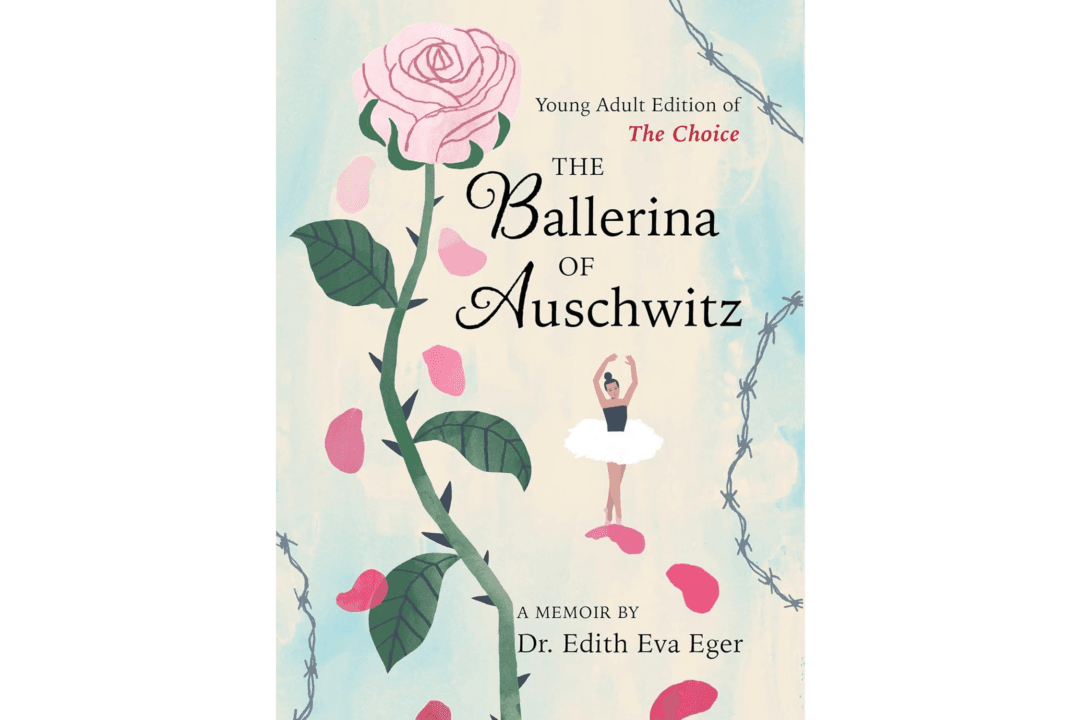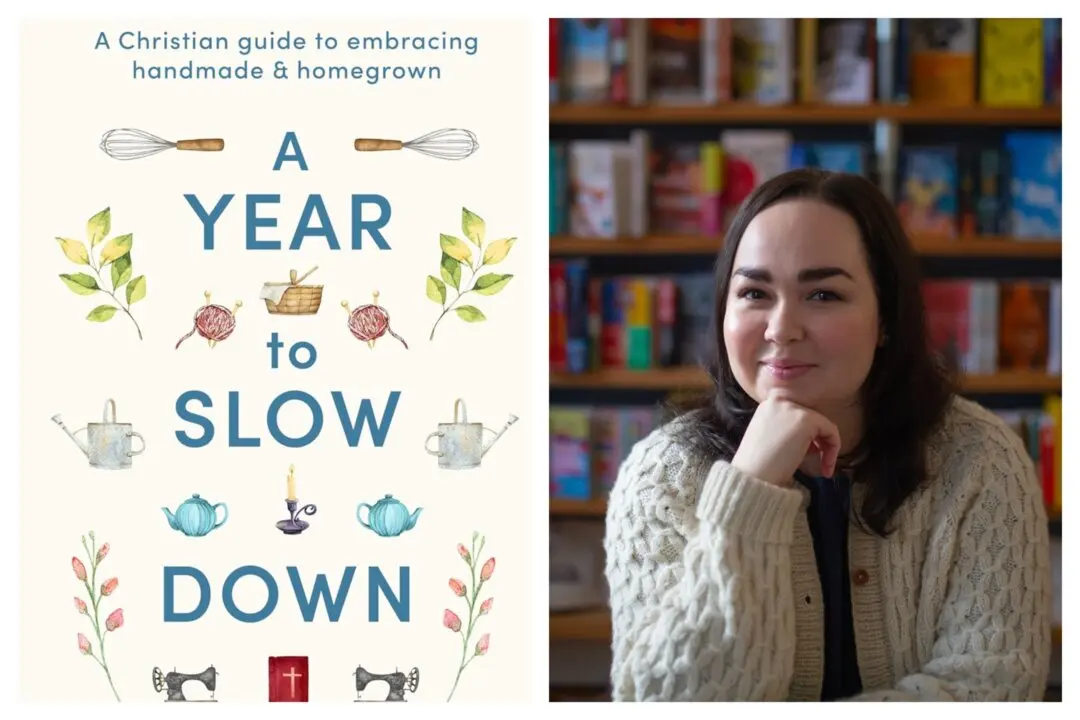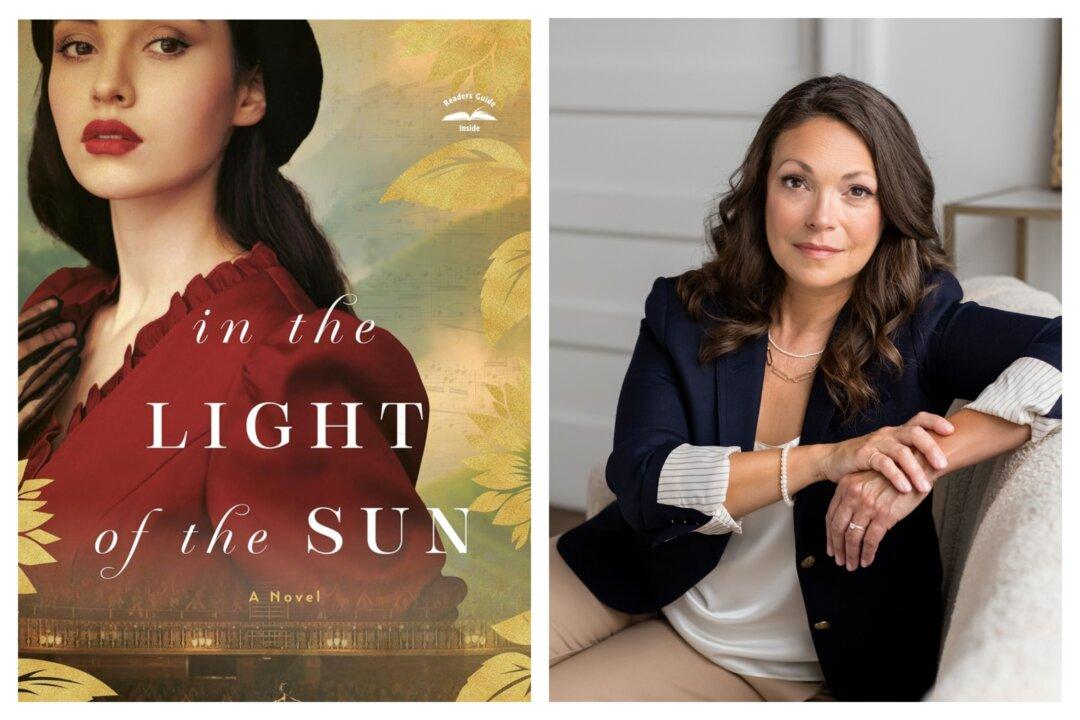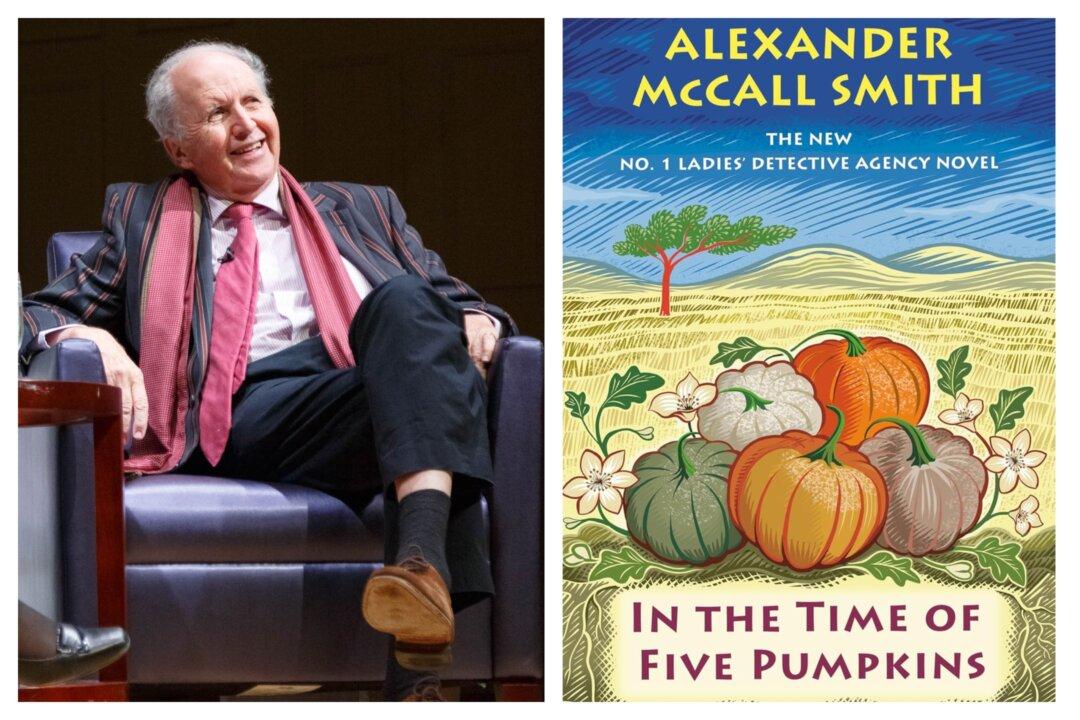When Edith Eva Eger released her bestselling memoir, “The Choice: Embrace the Possible,” in 2017, she became known as “the Anne Frank who didn’t die.” She was about the same age as the famous diarist when Germany invaded Poland. The invasion marked the start of World War II and a chain of events that led to the round-up of European Jews. Both teens ended up in Auschwitz, and both were accompanied by their sisters.
Fortunately for Eger, she survived and eventually made her way to America to start a new life. She became a psychologist, drawing on her own experiences to help her patients work through issues. She married an accountant and raised three children with him. After becoming a grandfather, her husband quipped, “Three generations—that’s the best revenge [on] Hitler.”





